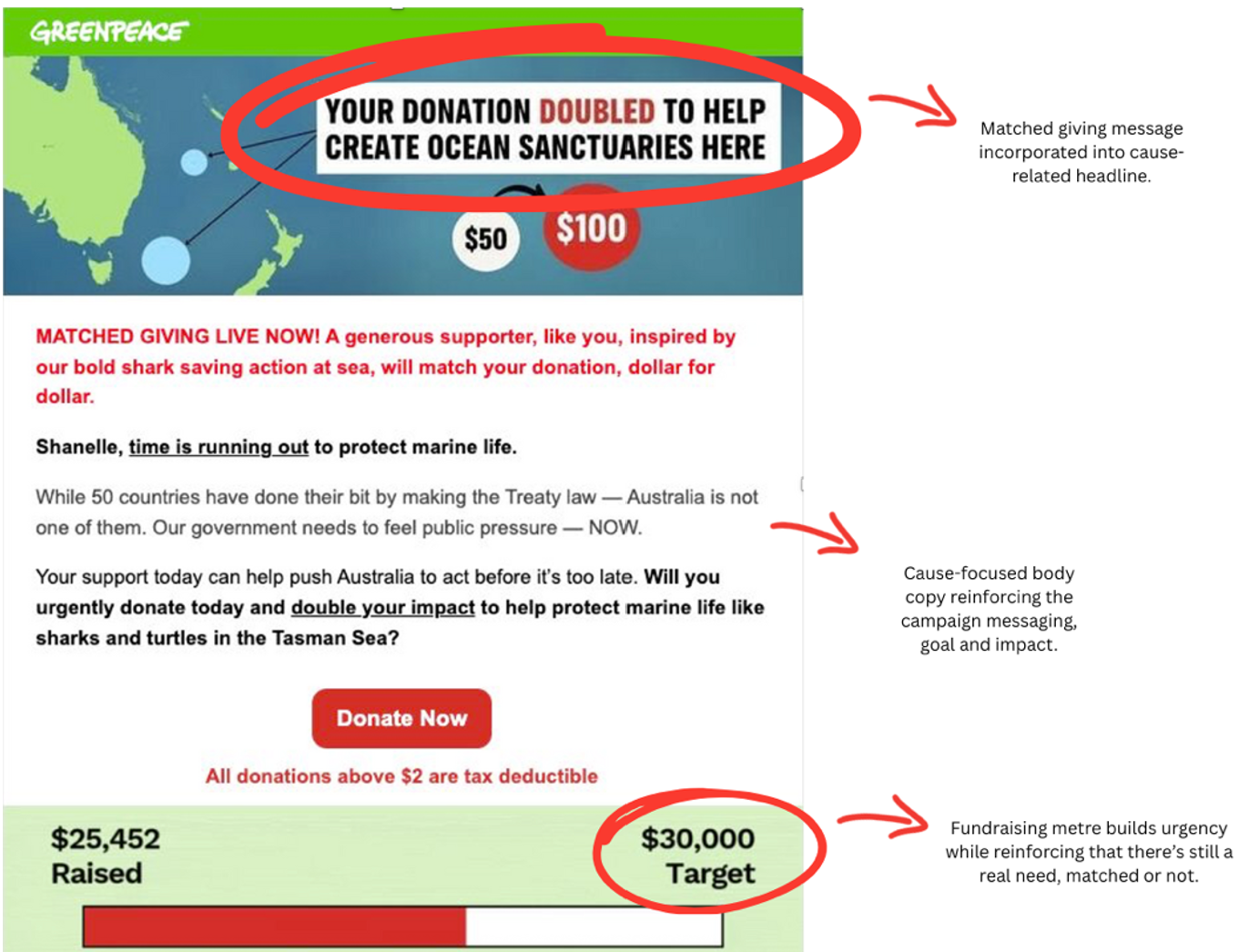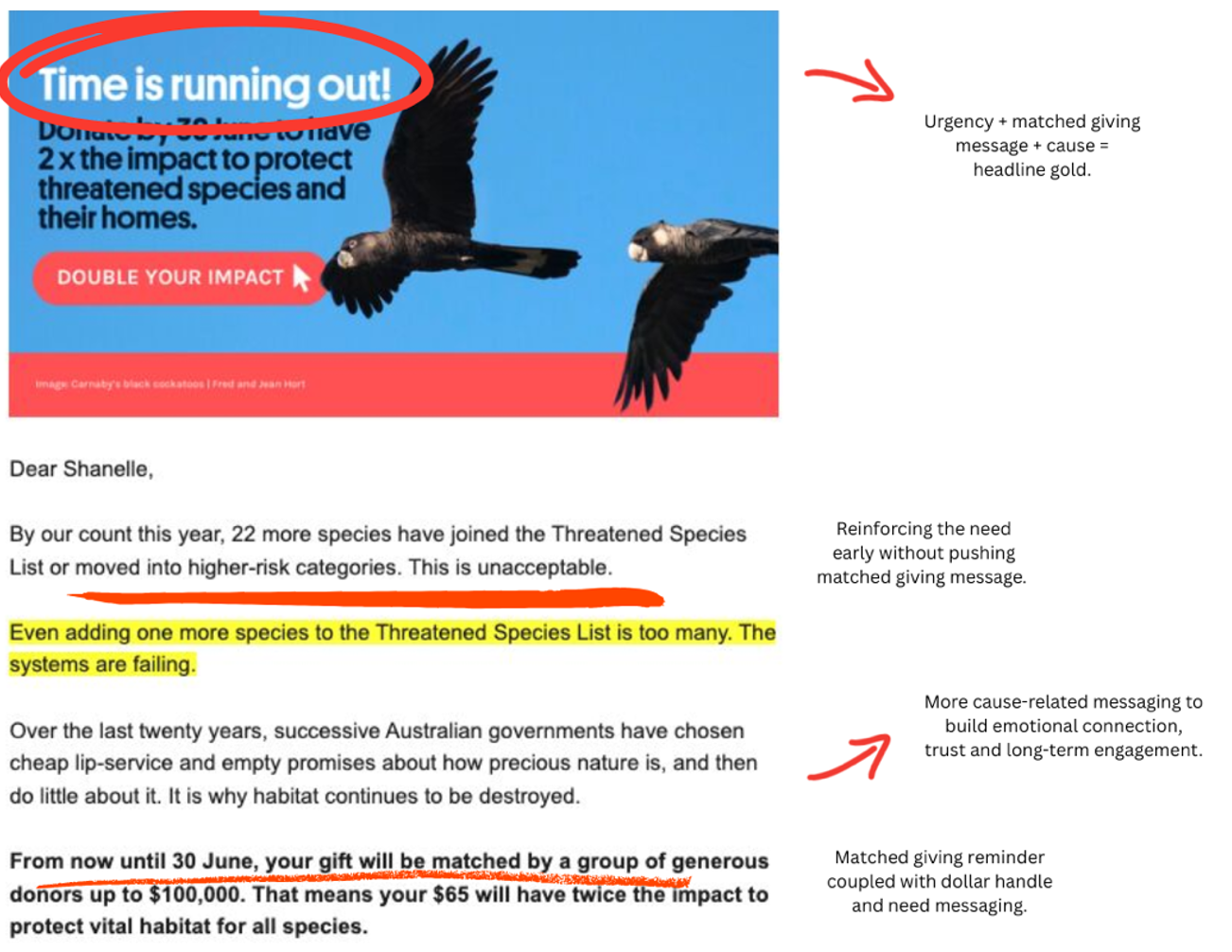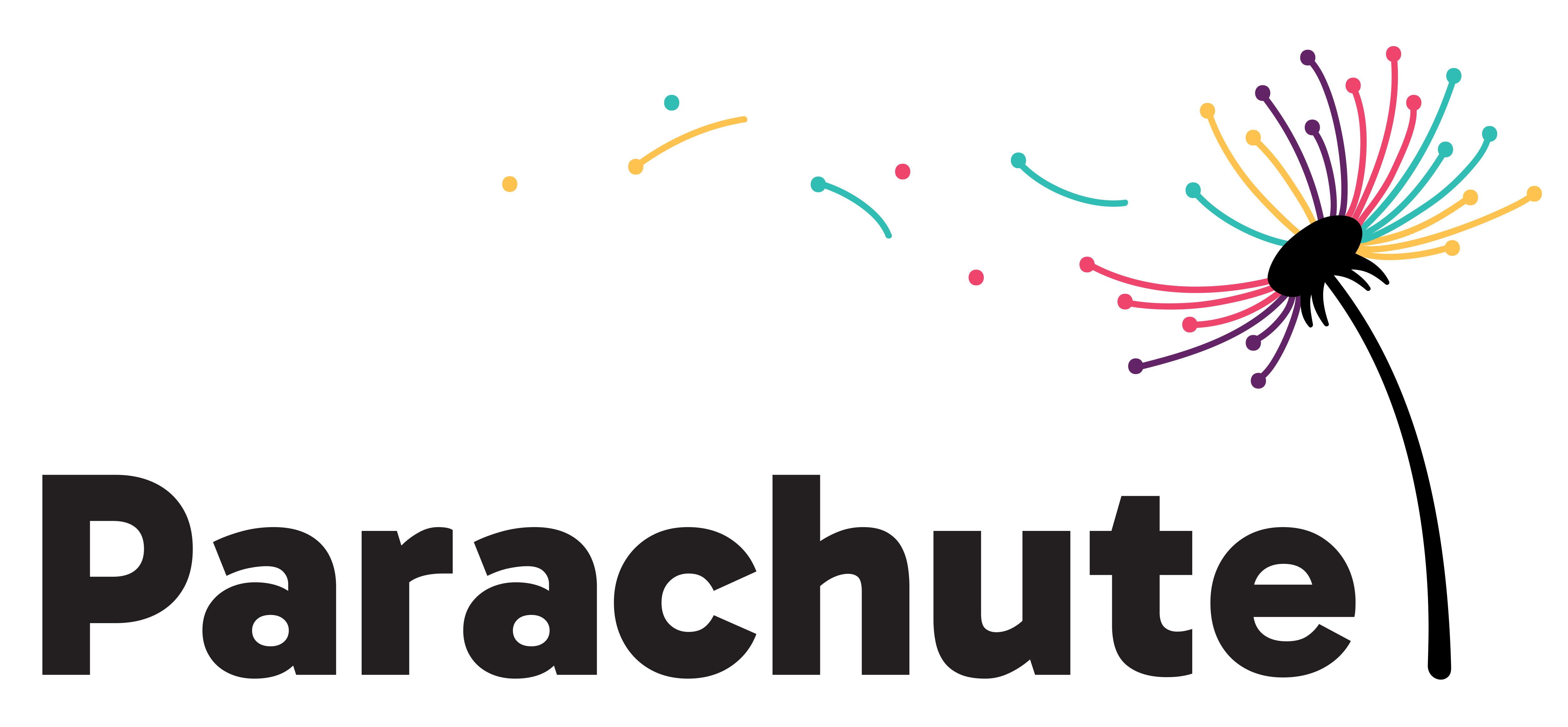We know it works, but it’s being so over-used by charities that we predict it’s going to STOP working.
At times we have a bit of a ‘copycat’ industry where everyone jumps on a good idea. Now it seems that every appeal has a matched gift. EOFY is the biggest giving time of the year. Some charities raise more funds for their cause in June than the rest of the year combined. So, we get that you want to maximise it, but we need to be strategic and considered.
When double your impact overshadows your cause
Matched giving is a powerful fundraising tool. In fact, offering to double a donor’s gift can increase conversion rates by 84 per cent and one third of donors would consider giving more if they knew their donation was matched.
There’s no doubt it creates urgency, amplifies donor value and taps into our psychological bias for immediate reward. But what happens when donors see your ads, emails or texts and engage only with matched giving messages?
This is what we call the ‘match trap’. And while you might meet your fundraising targets, are your donors really engaged with your cause or simply seeking a dopamine hit?
The risk of leading with incentive over impact
We’re seeing this trend more often in digital campaigns. Someone might skip your storytelling emails entirely but open the “Double your donation today” eDM. Others engage only with social ads or SMS messages that lead with the match deadline and little else.
The result? They give… but they may not know what they gave to. Or why it mattered.
When the message is all match and no mission, you run the risk of breeding shallow engagement. You might raise funds, but you’re not building long-term understanding or connection. And that’s a problem if you’re trying to nurture lasting support.
The long-term trade-off
We know retention is already a challenge. The average repeat donor rate is just 43.6 per cent and giving without clarity on the cause and impact rarely leads to a second gift or donor loyalty.
Donors who only interact with matched messaging often don’t remember the core impact story. And if their first (or only) experience with your organisation is transactional, they may never come back.
Matched giving should amplify your story, not replace it
The most effective matched campaigns integrate match messaging within a clear, emotional narrative. Think of the match as a multiplier for the donor’s impact, not the headline.


Best practice for meaningful matched campaigns
❤️ Start with the why: don’t assume they know your mission – remind them
❤️ Make it human: pair urgency with an emotional story or real example
❤️ Use match messaging as a boost, not a crutch
❤️ Follow up: reinforce the cause and show the difference their matched gift made
The average donor gives to 7+ charities. If we’re all doing the same thing at the same time, it’s going to be too “same same” and this really successful tactic is going to stop working.
So if you’re going to use a matched gift strategy in your appeal, perhaps try to find a clearer space for it to cut through. What do you think? Share your thoughts!
